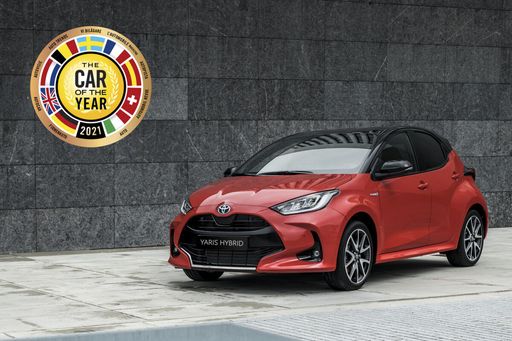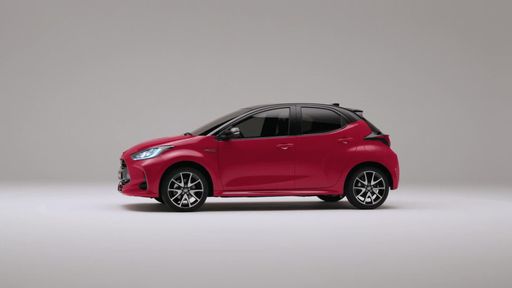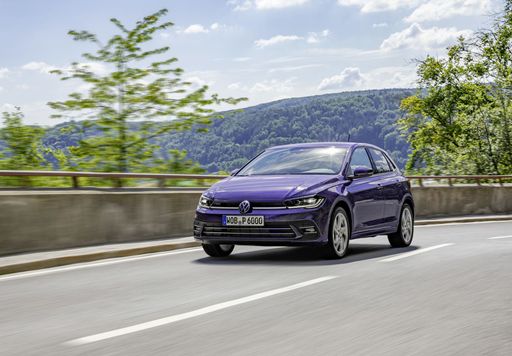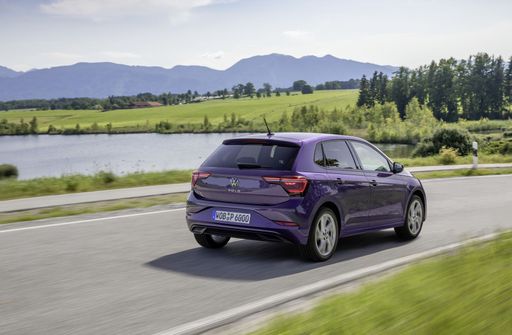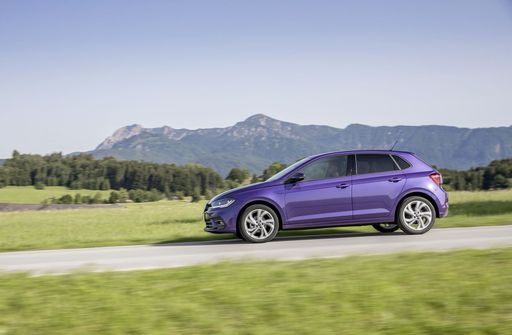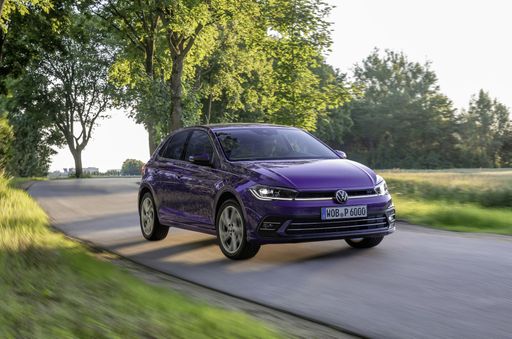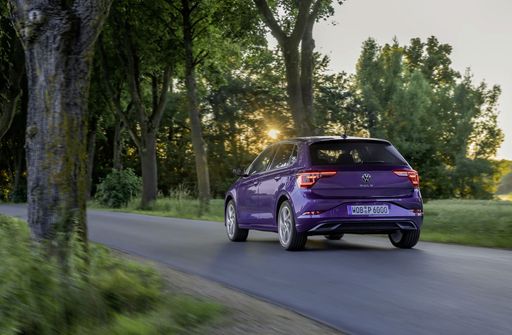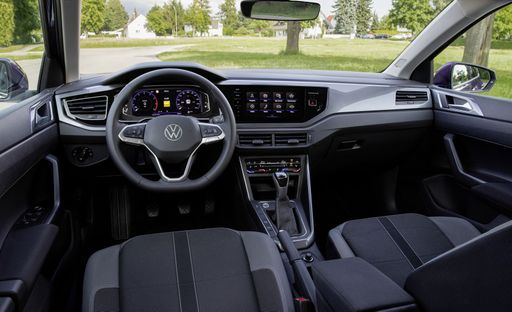Battle of the Hatchbacks: Toyota Yaris vs VW Polo
The compact car segment has long been a competitive battlefield, and the latest models from Toyota and Volkswagen are no exception. The Toyota Yaris and VW Polo are two of the most popular choices, and both have come a long way in terms of innovation, design, and technical prowess. Let's dive into a detailed comparison between the two to see how they stack up against each other.

